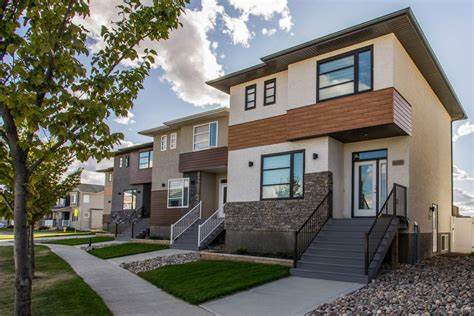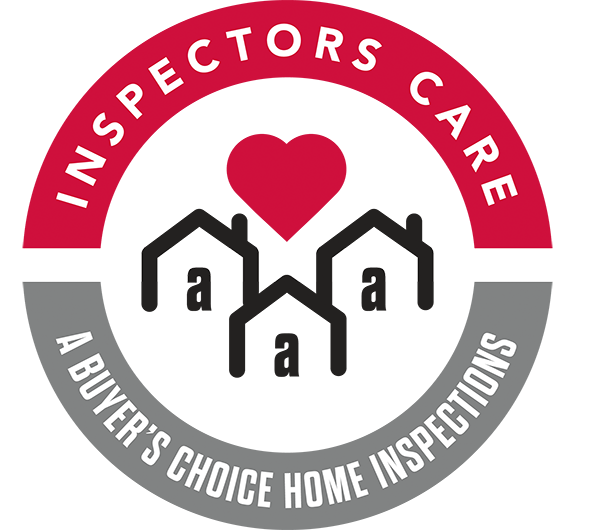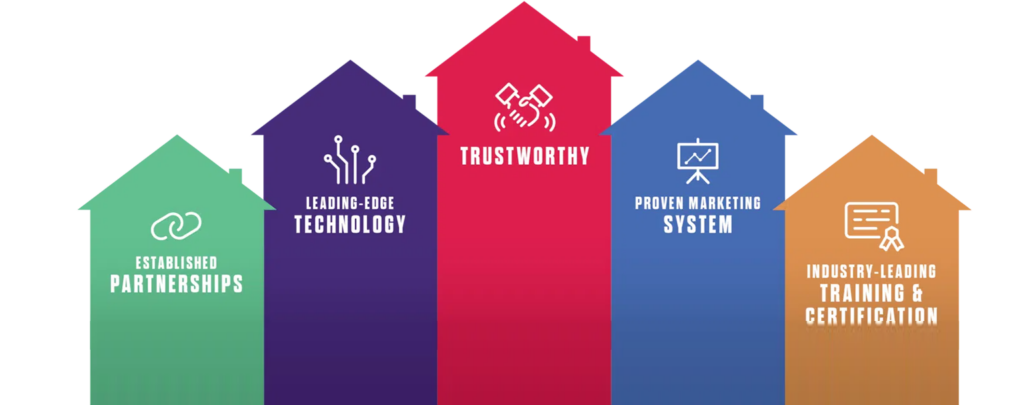If you’re planning to purchase a log home or require a home inspection on the one you already own, it’s important to ensure you partner with a professional home inspector who understands what to look for when inspecting this specific type of structure.
Something you should know about Log Homes
Log homes feature many unique characteristics that aren’t found in conventional houses, so it’s vital for your inspector to understand these differences. Settling and wood decay are two major concerns when it comes to log home maintenance.
Here are some important things to note that are unique to log homes:
- Moisture content. As long as logs continue to lose bound water – water contained in the wood’s cell material, not water in the actual cell cavities – the logs will continue to shrink. When logs shrink, the log walls settle, which results in a loss of height. Allowances must be made during construction to accommodate the inevitable process of settling because a variety of components can be affected. When a home has stopped settling, it has reached equilibrium moisture content (EMC) with its environment.
- Gabled Ends. If the home has a gable roof, and the gables are built using green logs (newly cut logs with high moisture content), the gable wall will settle as the logs dry. Typically, in framing a gable roof, the ends of the ridge are supported by the gabled wall at each end of the roof. If that wall is losing height because the logs are settling, and the ridge is securely fastened to the logs, roof connections are going to be stressed until some roof or wall framing component breaks or disconnects.
- Windows & Doors. If walls lose height, windows and doors may stick or break. If built properly, the windows and doors will have a settling space above them so that the weight of the walls will not bear on the windows or doors. The settling space is typically covered with trim, which is installed so that it can slide as settling takes place.
- Runoff. Design features that direct runoff onto log walls, especially log extensions at outside corners, will encourage the development of decay. This is decay you can see because it usually appears as dark discolouration. It happens first at log extensions because the exposed end-grain absorbs moisture faster than the rest of the log’s surface. Lower wall logs are also at risk, since they can be soaked by splash back during rain and are less protected by the roof overhang.
- Hidden Decay. This type of decay is not apparent with just a glance as it’s located inside the log. A common scenario is when the home is located in a region with high humidity. If an impermeable finish coating is applied to log exteriors while the interior log moisture content is high enough to allow decay to take place, that moisture will be trapped inside the log and decay will continue as long as there is adequate moisture in the wood.
- Finish Coatings. These are designed to protect log surfaces from UV damage and excessive checking caused by log drying. Some coatings also prevent attack by common wood-destroying insects. A good test involves spraying the logs with water to see if it beads on the surface or is absorbed by the wood. Absorption means a failed finish coating.
In addition to pointing out any concerns found within the log home and its structure, your specialized inspector will also help you better understand how to maintain your home over time.









